

Articles
How Much Does A Fan Cost To Run
Modified: January 19, 2024
Discover the cost of running a fan and how it impacts your energy bill. Read informative articles on the average expenses and tips to save money.
(Many of the links in this article redirect to a specific reviewed product. Your purchase of these products through affiliate links helps to generate commission for Storables.com, at no extra cost. Learn more)
Introduction
When it comes to keeping our homes or offices cool and comfortable, many of us rely on fans. They provide a cost-effective alternative to air conditioners and can help lower energy consumption. However, it’s important to understand the cost of running a fan to make informed decisions about energy usage and efficiency.
Knowing the cost of running a fan can help us better manage our electricity bills and make conscious choices about our energy consumption. In this article, we will explore the various factors that influence the cost of running a fan and why it’s essential to consider these factors when using a fan.
Read more: How Much Does It Cost To Run A Fan 24/7?
Factors influencing the cost of running a fan
The cost of running a fan depends on several factors, including:
- Fan type: Different types of fans consume electricity differently. Ceiling fans, pedestal fans, and tower fans have varying wattage and energy requirements. It’s essential to consider the energy consumption of the fan model you’re using.
- Usage duration: How long you run the fan each day affects electricity consumption. If you use the fan for more extended periods, it will consume more energy, resulting in higher costs.
- Fan speed: The speed at which the fan operates affects its energy consumption. Running the fan at higher speeds will generally result in higher electricity usage and costs.
- Electricity rates: The cost per kilowatt-hour (kWh) of electricity varies from region to region. It’s essential to know the electricity rates in your area to estimate the cost of running a fan accurately.
- Efficiency: The efficiency of a fan in converting electrical energy into airflow also impacts its energy consumption. Energy-efficient fans use less electricity while providing the same or better airflow.
Understanding these factors can help you make decisions regarding the type of fan to use, how long to run it, and at what speed. By analyzing these factors, you can estimate the cost of running a fan and effectively manage your energy consumption.
Key Takeaways:
- Understanding the cost of running a fan is essential for managing energy consumption and making informed decisions about cooling. Factors like fan type, usage duration, and energy efficiency impact running costs.
- Energy-saving techniques, proper maintenance, and choosing energy-efficient fans can reduce fan energy consumption and contribute to a sustainable and cost-effective approach to cooling spaces.
Understanding Electricity Consumption
Before diving into the cost of running a fan, it’s important to have a basic understanding of electricity usage and measurement. This knowledge will help us grasp how electricity consumption is calculated.
Basics of electricity usage and measurement
Electricity usage is measured in kilowatt-hours (kWh), which represents the amount of energy consumed over a specific time period. One kilowatt-hour is equal to the amount of energy used by a device with a power consumption of one kilowatt (1,000 watts) operating for one hour.
Wattage is a unit that represents the rate at which electrical energy is consumed. It indicates the power requirement of a device, including fans. So, when we refer to the wattage of a fan, it represents the amount of electrical power it consumes.
It’s important to note that the wattage mentioned on a fan’s label or manual is the maximum power consumption it can reach when running at its highest speed. However, the actual power consumption may vary based on the fan’s speed setting and other operational factors.
How electricity consumption is calculated
To calculate the electricity consumption of a fan, you need to know the fan’s wattage and the number of hours it operates. The formula for calculating electricity consumption is as follows:
Electricity consumption (in kWh) = Wattage of the fan (in kW) x Operating hours
For example, if you have a fan with a wattage of 50 watts and you run it for 6 hours a day, the calculation would be:
Electricity consumption = 0.05 kW x 6 hours = 0.3 kWh
Once you have the electricity consumption value in kilowatt-hours (kWh), you can multiply it by the electricity rate in your area to determine the cost of running the fan.
Having a clear understanding of electricity usage and how it’s measured empowers us to make informed decisions about our energy consumption and estimate the cost of running a fan accurately.
Read more: How Much Does An AC Cost To Run
Cost of Running a Fan
Now that we have an understanding of electricity consumption, let’s delve into the factors that impact the cost of running a fan. Additionally, we will explore how to calculate the electricity cost of operating a fan and the variables to consider when estimating fan running costs.
Factors impacting the cost of running a fan
Several factors influence the cost of running a fan:
- Electricity Rate: The cost of electricity in your area plays a significant role in determining how much it will cost to run a fan. Areas with higher electricity rates will result in higher running costs.
- Wattage: The higher the wattage of a fan, the more electricity it consumes. Fans with higher wattage will have a higher running cost compared to those with lower wattage.
- Operating Hours: The length of time a fan is operated each day directly impacts its running cost. The more hours a fan operates, the higher the electricity consumption and cost will be.
- Speed Setting: Running a fan at higher speeds consumes more electricity than running it at lower speeds. Adjusting the fan speed can help manage the running cost more efficiently.
- Number of Fans: If you have multiple fans operating simultaneously, the overall cost will increase. Each additional fan adds to the total electricity consumption.
Considering and understanding these factors will give you a clearer picture of how running a fan can impact your energy consumption and costs.
Calculation of electricity cost for operating a fan
To calculate the electricity cost of operating a fan, you need to follow these steps:
- Find the wattage of the fan. This information can usually be found on the fan’s label or in the user manual.
- Determine the number of hours you intend to run the fan per day.
- Multiply the fan’s wattage by the number of hours to get the daily electricity consumption in kilowatt-hours (kWh).
- Multiply the daily electricity consumption by the electricity rate in your area to find the cost of running the fan per day.
- If you want to estimate the monthly or yearly running cost, multiply the daily cost by the number of days in a month or year, respectively.
This calculation will give you a rough estimate of how much it will cost to operate a fan based on its wattage, usage hours, and electricity rate.
Variables to consider when estimating fan running cost
When estimating the running cost of a fan, keep the following variables in mind:
- Usage Patterns: Your usage patterns may vary from day to day or season to season. Consider changes in the fan’s operating hours and the number of fans used during different periods.
- Time of Use Rates: Some electricity providers offer different rates based on the time of day. Check if your provider has peak and off-peak rates, as this can impact the running cost of your fan.
- Eco Settings: Some fans come with energy-saving features or modes that help reduce electricity consumption. Taking advantage of these settings can help lower your overall running cost.
- Energy Efficiency: Investing in energy-efficient fans can significantly reduce running costs. Look for fans with ENERGY STAR certification, as they are designed to consume less energy while delivering optimal performance.
Considering these variables will provide a more accurate estimation of the running cost of your fan, enabling you to make informed decisions about energy usage and cost management.
Efficiency of Fans
When considering the cost of running a fan, it’s essential to understand the energy efficiency of different fan types. In this section, we will explore the various types of fans and their energy efficiency levels, as well as the benefits of choosing Energy Star certified fans.
Different types of fans and their energy efficiency
There are several types of fans available in the market, each with its own energy efficiency characteristics:
- Ceiling fans: Ceiling fans are commonly used in homes and offices. They circulate air and create a cooling effect by moving the air downward. Ceiling fans are generally energy-efficient and consume less electricity compared to other fan types.
- Pedestal fans: Pedestal fans are portable and can be moved to different locations. They typically have adjustable height and speed settings. While pedestal fans can provide strong airflow, their energy efficiency may vary depending on the model and speed setting.
- Tower fans: Tower fans are tall and slim, suitable for smaller spaces. They are known for their compact design and versatility. Tower fans often come with built-in features such as oscillation, adjustable speed settings, and timers. Their energy efficiency varies based on the model and features.
- Window fans: Window fans are designed to be mounted in a window frame to draw in fresh air from the outside and expel hot air from the room. They can provide effective ventilation and help maintain indoor air quality. The energy efficiency of window fans depends on their size, speed settings, and the specific fan model.
It’s important to consider the energy efficiency ratings and specifications provided by the manufacturer when choosing a fan. These ratings can give you an idea of how efficiently the fan converts electrical power into airflow, helping you make a more informed decision about energy consumption.
Energy Star certified fans and their benefits
Energy Star is a program run by the U.S. Environmental Protection Agency (EPA) that promotes energy efficiency. Energy Star certified fans meet strict energy efficiency guidelines set by the EPA. Choosing Energy Star certified fans can offer several benefits, including:
- Energy savings: Energy Star certified fans consume significantly less energy compared to standard fans. On average, they are more than 50% more energy efficient. This can lead to substantial energy savings and lower electricity bills over time.
- High performance: Energy Star certified fans are designed to provide optimal performance while consuming minimal energy. They deliver efficient airflow and cooling, ensuring comfort without sacrificing efficiency.
- Longer lifespan: Energy Star certified fans are made with high-quality components and undergo rigorous testing. They are built to last longer, reducing the need for frequent replacements and saving resources.
- Environmentally friendly: Using energy-efficient fans decreases carbon emissions and helps to reduce the overall environmental impact. Energy Star certified fans contribute to a greener and more sustainable future.
When searching for a new fan, look for the Energy Star label on the packaging or product information. Choosing an Energy Star certified fan ensures that you are selecting a product that meets strict energy efficiency standards and offers long-term benefits both for your wallet and the environment.
Tips to Reduce Fan Energy Consumption
To minimize the energy consumption of your fan while ensuring maximum efficiency, follow these energy-saving techniques and maintain proper fan usage:
Energy-saving techniques for using fans efficiently
- Adjust fan speed: Running your fan at a lower speed can help reduce energy consumption. You can adjust the fan speed based on your comfort level and the room temperature.
- Utilize natural ventilation: Take advantage of natural ventilation by opening windows or using window fans in conjunction with your fan. This can help create a cross breeze and reduce the need for running the fan at higher speeds.
- Use timers and oscillation: If your fan has a timer or oscillation feature, make use of them. Setting a timer allows you to schedule specific operating hours, preventing unnecessary energy consumption. Oscillation can help distribute cool air more effectively throughout the room.
- Close doors and windows: Close doors and windows in the room you are cooling with a fan. This prevents the cool air from escaping and ensures optimal air circulation within the space.
- Utilize ceiling fans properly: When using ceiling fans, make sure they are rotating in the correct direction. In the summer, set the fan to rotate counterclockwise to create a cooling effect. In the winter, set the fan to rotate clockwise at a low speed to help distribute warm air evenly.
- Consider zoning: If you have multiple fans in different areas of your home or office, consider zoning. Zoning allows you to control the operation of fans in specific areas, focusing on cooling only the necessary spaces.
Proper fan usage and maintenance for maximum energy efficiency
- Clean fan blades and vents: Dust and dirt can accumulate on fan blades and vents over time, leading to reduced efficiency. Regularly clean your fan to ensure optimal airflow and energy efficiency.
- Keep fan in good condition: Check the fan for any loose parts or damaged components. Properly maintain your fan to ensure it operates at maximum efficiency. Repair or replace any faulty parts as needed.
- Position the fan strategically: Place the fan in a location where it can effectively circulate air without obstruction. Position it near windows or doorways to draw in fresh air or expel hot air. This helps to optimize the fan’s efficiency.
- Close unused vents: If you have a central air conditioning system, consider closing the vents in unused rooms. This directs more airflow to the areas where the fan is operating, maximizing its cooling effect.
- Use the fan as a supplement: Instead of relying solely on a fan for cooling, use it in conjunction with other energy-saving techniques. Combine it with proper insulation, shading, and cross ventilation for more efficient cooling.
- Regularly monitor energy consumption: Keep track of your energy consumption using a smart meter or energy monitoring device. This helps you identify any spikes in energy usage and make adjustments accordingly.
By implementing these tips and adopting energy-saving practices, you can reduce the energy consumption of your fan while maximizing its efficiency. Conserving energy not only saves you money but also contributes to a more sustainable environment.
Comparing Fan Running Costs
When choosing a fan, it’s important to compare the running costs between different fan models to make an informed decision about their cost-effectiveness. In this section, we will explore how to compare the running costs of various fans and evaluate their long-term cost-effectiveness.
Comparison of running costs between different fan models
To compare the running costs between different fan models, consider the following factors:
- Wattage: Compare the wattage of each fan. Fans with lower wattages consume less electricity and will likely have lower running costs.
- Speed settings: Look at the number of speed settings and their corresponding wattages. Higher speed settings typically consume more electricity, so consider the impact of different speed settings on the running costs.
- Operating hours: Evaluate the typical operating hours of each fan model. Longer operating hours will result in higher running costs, so consider your usage patterns and select a fan with suitable operating hours for your needs.
- Energy efficiency: Consider the energy efficiency ratings of the fans. Fans with higher energy efficiency ratings generally consume less energy and have lower running costs.
- Additional features: Take note of any extra features or modes that may impact energy consumption. Some fans have energy-saving modes, timers, or smart controls that can help optimize energy usage and reduce running costs.
Comparing these factors across different fan models will give you a better understanding of the potential running costs associated with each option.
Evaluating the long-term cost-effectiveness of various fans
When evaluating the long-term cost-effectiveness of different fans, consider the following aspects:
- Initial cost: Compare the upfront costs of the fans. While a fan with a higher price tag may have better energy efficiency, it’s important to balance it against the potential savings in electricity costs over the long term.
- Estimated annual electricity cost: Use the fan’s wattage, operating hours, and electricity rates to estimate the annual electricity cost for each fan model. This will help you assess the financial impact over time.
- Lifespan and durability: Consider the expected lifespan and durability of the fan models. A fan with a longer lifespan may provide more cost-effectiveness over time, as it reduces the need for frequent replacements.
- Warranty and maintenance: Evaluate the warranty coverage and maintenance requirements of each fan. A longer warranty may provide added value, and a fan with lower maintenance needs can reduce ongoing costs.
- Energy-saving certifications: Check if the fan models have energy-saving certifications such as ENERGY STAR. Fans with these certifications are designed to be more energy-efficient, potentially resulting in greater long-term cost savings.
By considering these factors, you can evaluate the long-term cost-effectiveness of various fan models and make an informed decision based on your budget, energy efficiency goals, and specific requirements.
Conclusion
In conclusion, understanding the cost of running a fan is crucial for making informed decisions about energy consumption and cost management. Here’s a recap of the important points discussed in this article:
We explored the factors that impact the cost of running a fan, including the type of fan, usage duration, fan speed, electricity rates, and efficiency. By considering these factors, you can estimate the electricity cost more accurately and manage your energy consumption effectively.
We learned about the basics of electricity usage and measurement, including the concept of kilowatt-hours (kWh) and how to calculate electricity consumption. This knowledge enables us to calculate the cost of running a fan based on its wattage and operating hours.
Furthermore, we discussed the different types of fans and their energy efficiency levels. Ceiling fans, pedestal fans, tower fans, and window fans each have their own characteristics and energy consumption patterns. Additionally, we explored the benefits of choosing Energy Star certified fans, which are designed to be highly energy efficient and environmentally friendly.
To reduce fan energy consumption, we provided various energy-saving techniques, such as adjusting fan speed, utilizing natural ventilation, using timers and oscillation, and position the fan strategically. Additionally, we emphasized the importance of proper fan usage and maintenance for maximizing energy efficiency.
Lastly, we explored how to compare the running costs between different fan models and evaluate their long-term cost-effectiveness. By considering factors such as wattage, speed settings, operating hours, energy efficiency, and additional features, we can make informed decisions that align with our budget and energy efficiency goals.
Overall, it is crucial to consider energy consumption when choosing a fan. By understanding the cost of running a fan and adopting energy-saving practices, we can minimize electricity usage, reduce our environmental impact, and save on our energy bills. Making conscious choices about fan usage and selecting energy-efficient models can contribute to a more sustainable and cost-effective approach to cooling our spaces.
Frequently Asked Questions about How Much Does A Fan Cost To Run
Was this page helpful?
At Storables.com, we guarantee accurate and reliable information. Our content, validated by Expert Board Contributors, is crafted following stringent Editorial Policies. We're committed to providing you with well-researched, expert-backed insights for all your informational needs.

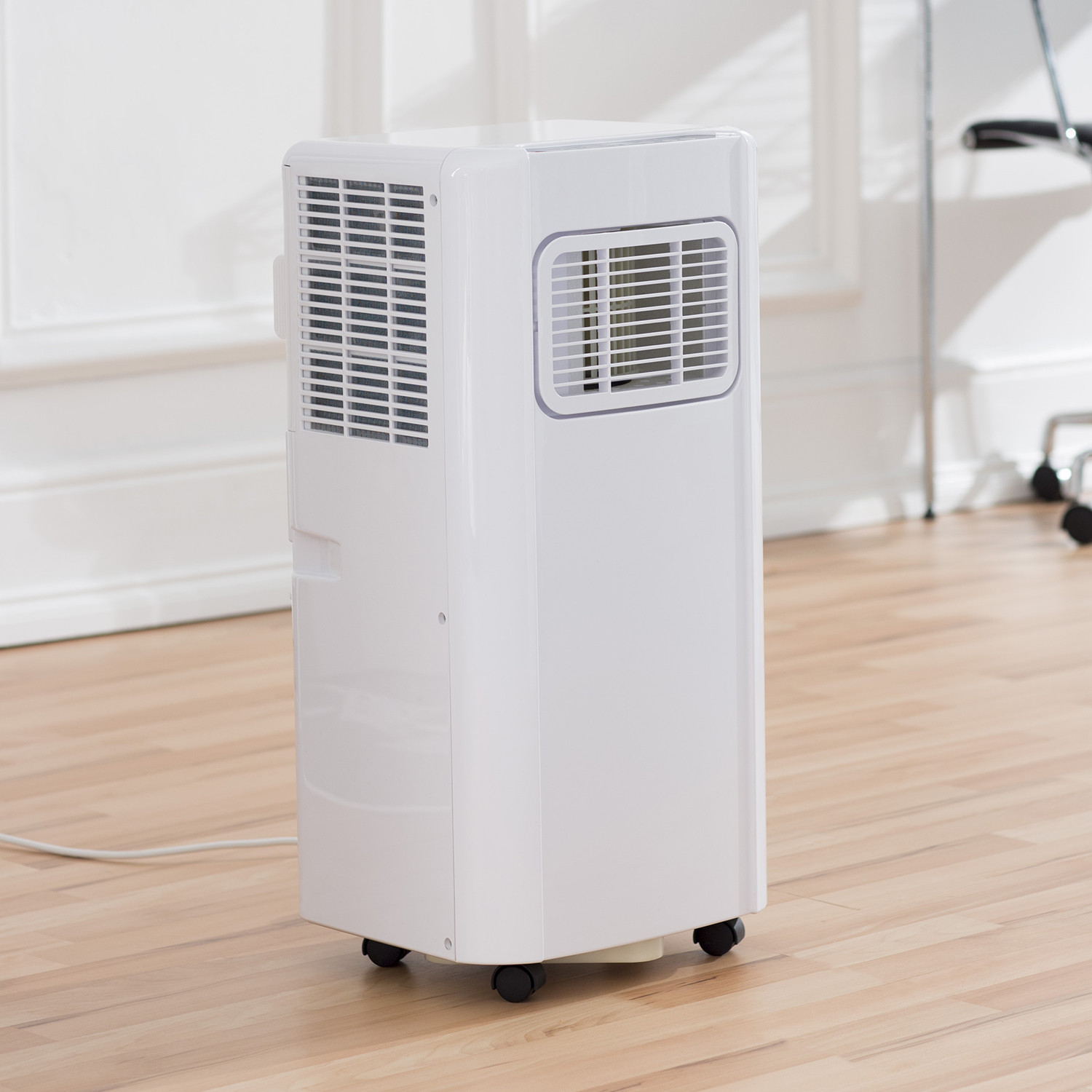
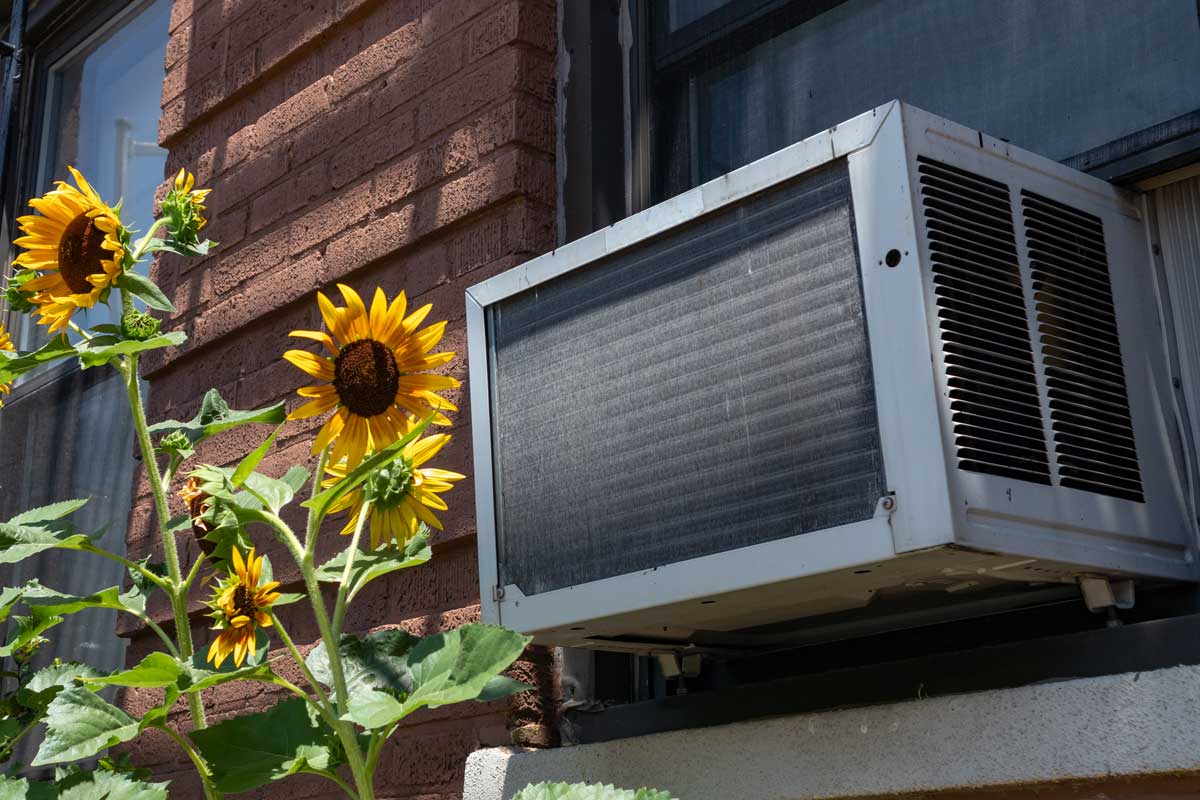
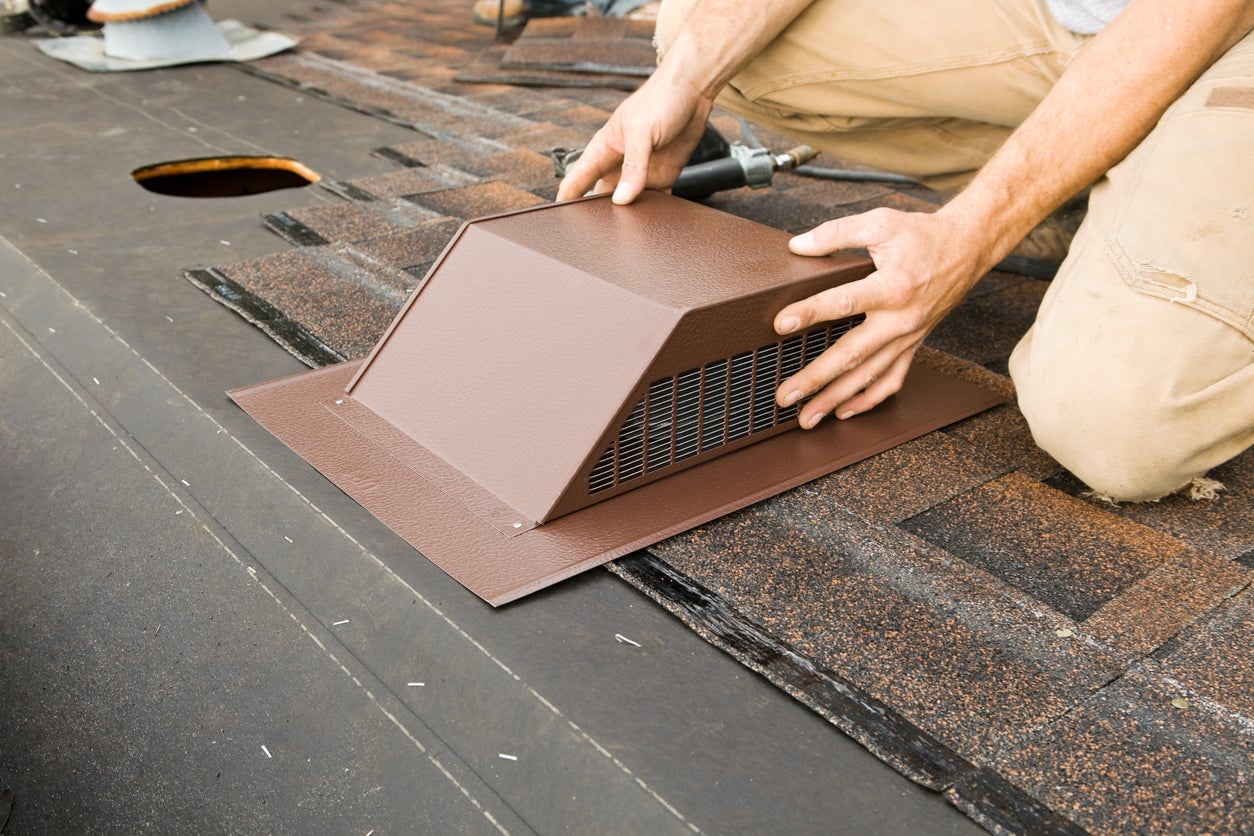
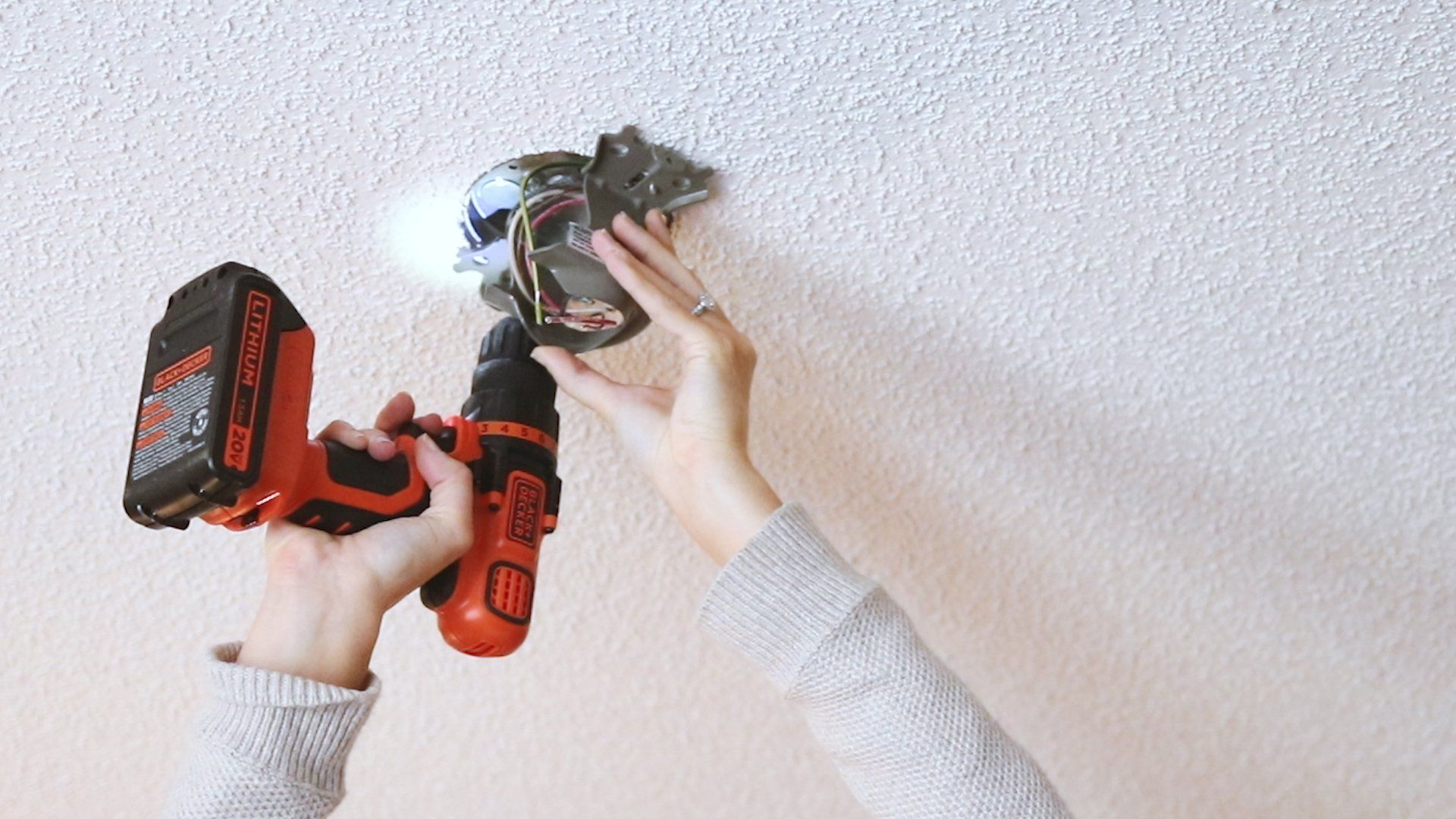
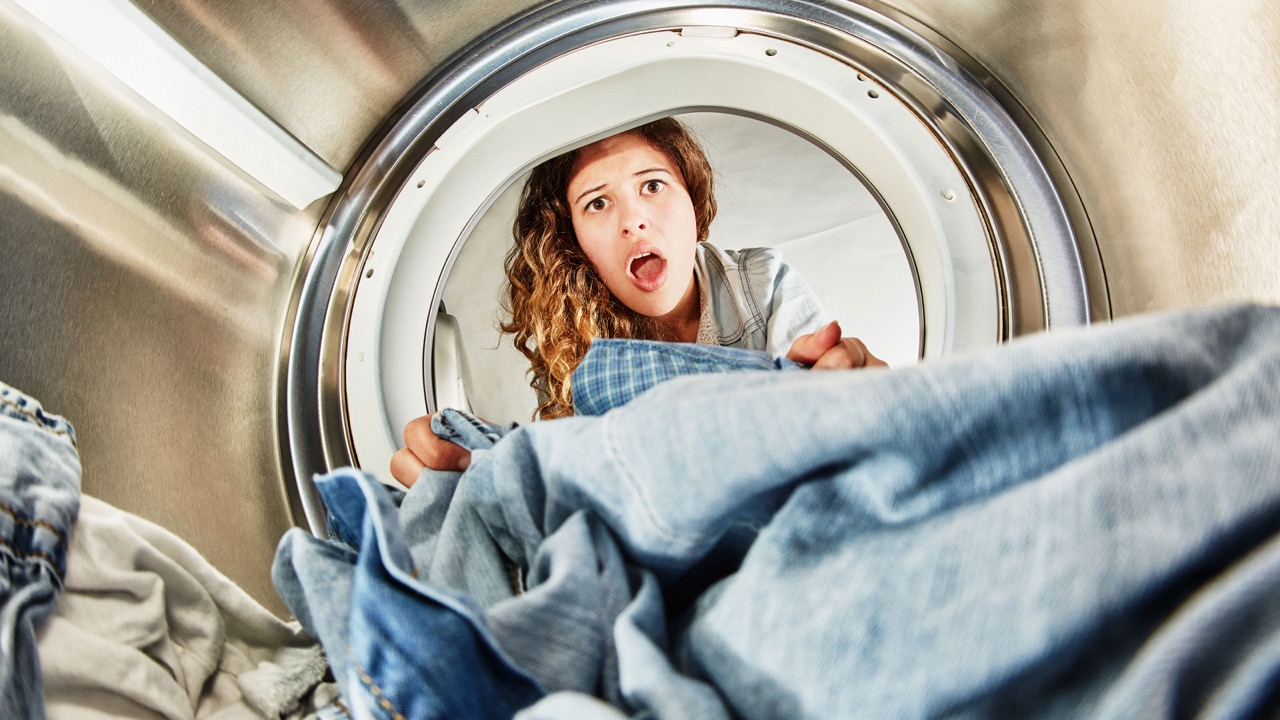
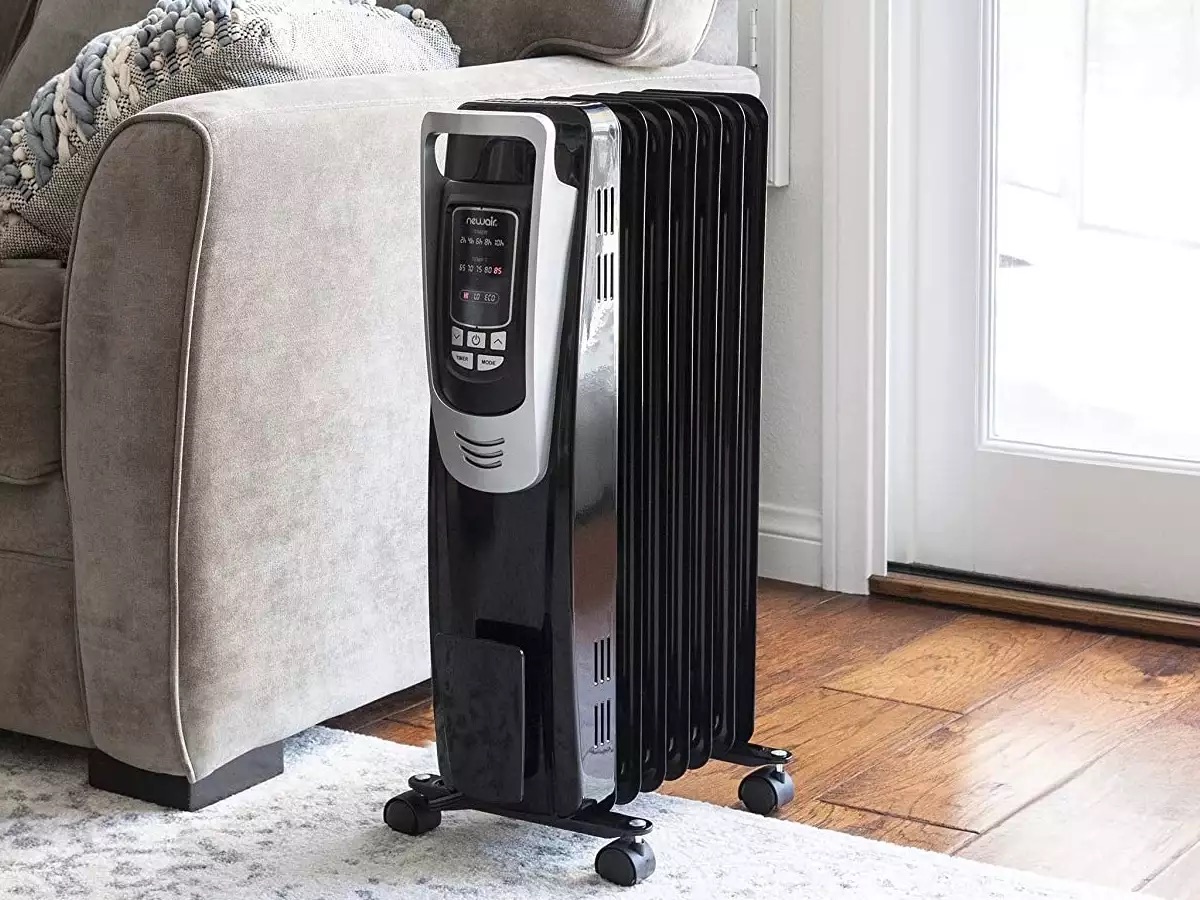
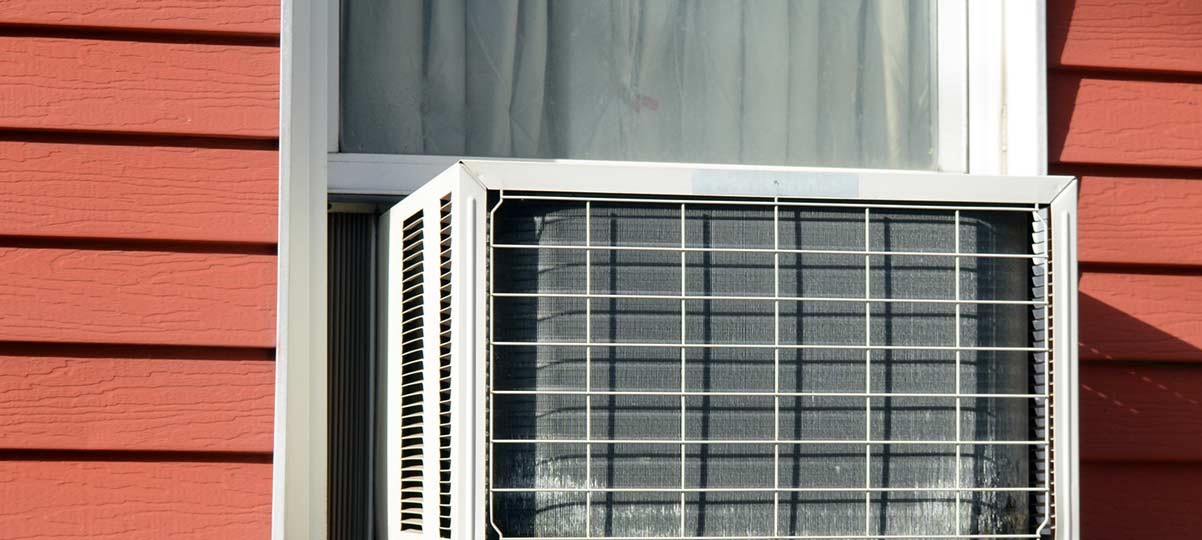


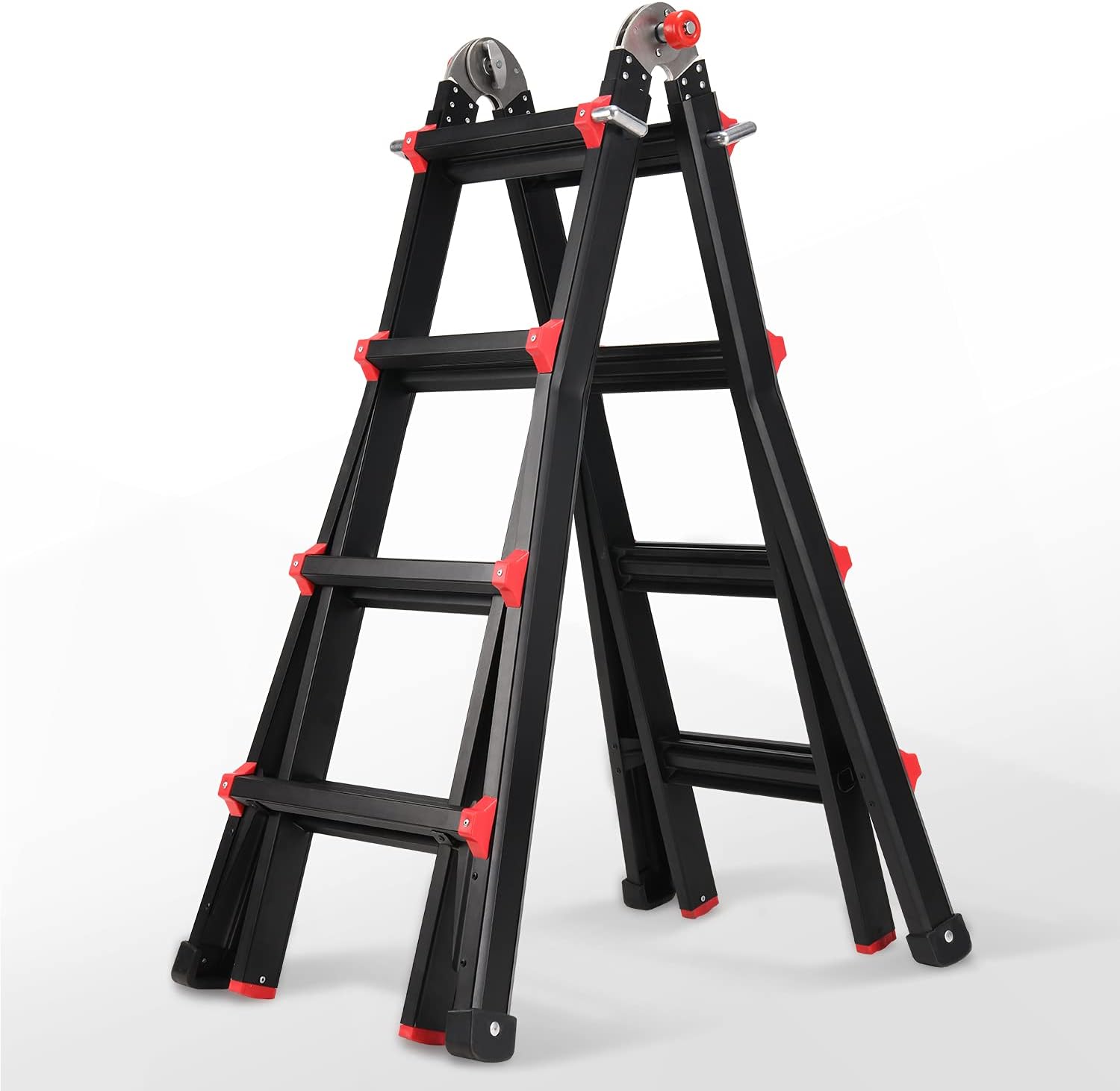

0 thoughts on “How Much Does A Fan Cost To Run”